The variable weather in recent days has made bug watching difficult, but once the rains clear and the sun comes out, so too do the bugs! They take as much advantage of the sunshine as we do, and some are ramping up their activity in anticipation of the cooler weather (anyone been stung by an angry yellowjacket yet?)
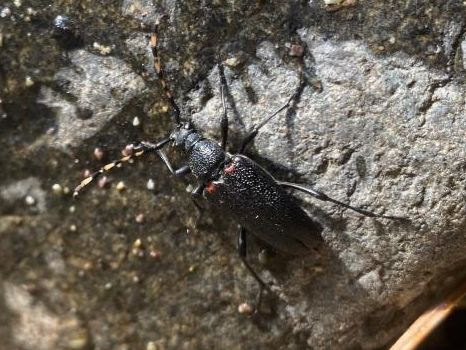
Red-shouldered Longhorn Beetle
Stictoleptura canadensis
There’s not a lot of info on this flower longhorn beetle outside of the typical, “adults feed on nectar, larvae feed on rotting wood and roots.” Adult coloring varies between individuals, with some showing more red on their “shoulders” than others. Some may exhibit elytra that are all black or all red. Their range is divided into sections; the western population is found from the Pacific Northwest, south to New Mexico (but is largely absent from California and Nevada). The eastern population is found in the northeast, from southern Manitoba to Newfoundland, south to the Carolinas.
Brenna Shea, August 19th, 2023. Rattlesnake National Recreation Area & Wilderness, Missoula, MT.
Acute-lined Flower Moth
Schinia acutilinea
This striking moth, also referred to as the “angled gem” is found across western North America in sagebrush grasslands. Adults are found on wing from mid-August to mid-October; the females will deposit her eggs on the budding flowers of their host plant, Artemesia spp. (sagebrush). After hatching, the larvae feed on the buds, flowers and seeds.
Connie Geiger, August 16th, 2023. Helena, MT.
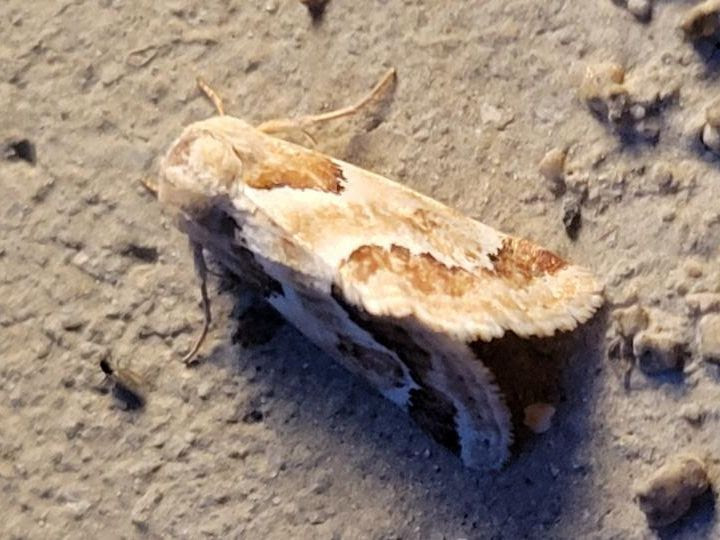
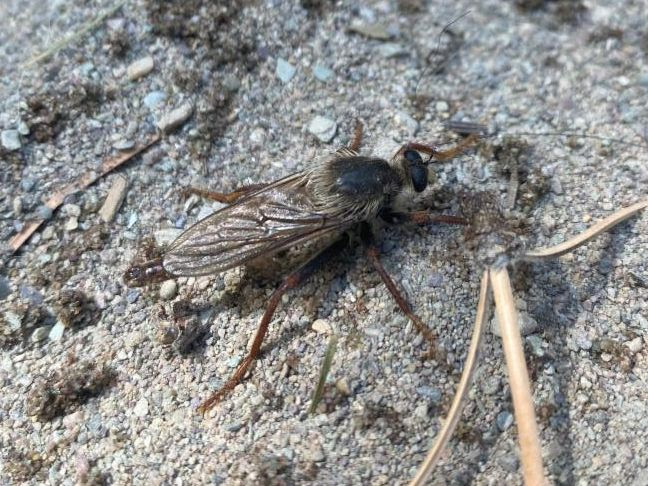
Robber Fly
Stenopogon inquinatus
Robber flies (also called “assassin flies”) are speedy ambush predators that prey on other insects, usually snatching them mid-flight. They are commonly found in open, dry, sunny areas; their larvae develop in soil or rotting wood and are voracious predators themselves. This group of flies is not well-studied, despite there being ~7,500 described species worldwide. Despite their predatory nature, they do not bite or go after humans, unlike the better-known (and widely hated) horseflies.
Brenna Shea, August 19th, 2023. Rattlesnake National Recreation Area & Wilderness, Missoula, MT.
Dingy Cutworm Moth
Feltia jaculifera
Sometimes you see a common name and have to wonder what kind of grudge someone was holding against the animal in question. For this moth – who is decidedly not dingy – the name comes from the larva, which displays a greyish-brown coloring with dark spot along its back. This moth is found throughout North America (except the southeast). Adults are on wing from July to November, while larvae overwinter and emerge in the spring.
Connie Geiger, August 16th, 2023. Helena, MT.
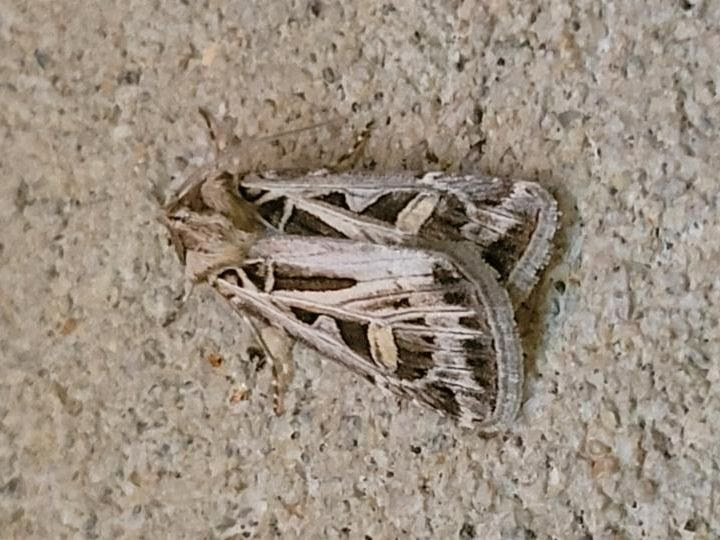

Golden Deer Fly
Silvius gigantulus
This species of horse fly may not look as formidable as her larger brethren (and is even quite stunning) but she can still give a decent nip using her specialized sawing-and-lapping mouthparts. Both horsefly sexes will feed on nectar from plants, but only the females require a blood meal to reproduce. This golden fly is found along the west coast, from southern BC to northern Mexico; we are at the very eastern edge of its northern range.
Brenna Shea, August 19th, 2023. Rattlesnake National Recreation Area & Wilderness, Missoula, MT.
Common Whitetail
Plathemis lydia
This common whitetail female is difficult to see on her rock perch; with her dark colors and wing patterning she seems to disappear into the background. At first glance, she may be mistaken for a 12-spot skimmer, but there are a few differences to clue us in to her true identity. First, her abdomen is much shorter and stouter than the 12-spotted skimmer female. Additionally, she lacks the bold white dorsal stripes of the 12-spotted skimmer. She looks remarkably different from her male counterpart, who lends the species their name with his conspicuous white abdomen.
Connie Geiger, August 13th, 2023. Helena, MT.

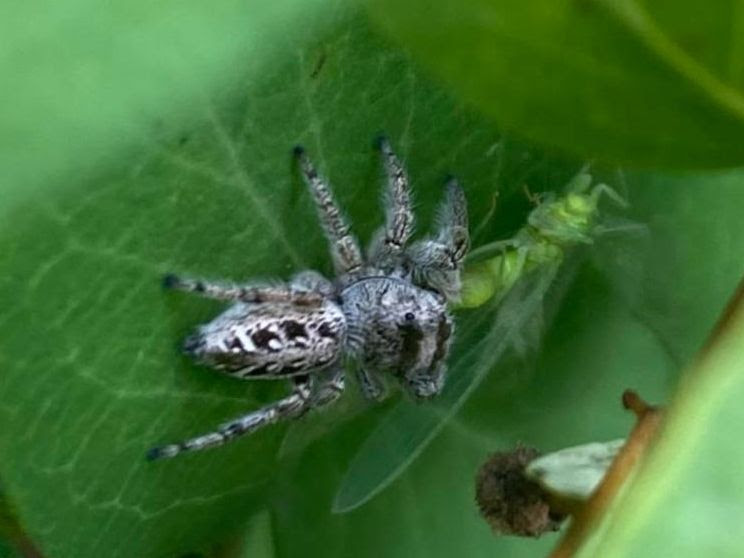
Bronze Jumping Spider
Eris militarist
The bronze jumper is a widespread spider with. discernable preferred habitat. They are found in suburban and rural areas, where they feed on small insects. This female was in the middle of a lacewing lunch when we snapped the photo. The males and females of this species show sexul dimorphism, with the male exhibiting a darker abdomen and white banding along the sides. Like many jumping spider species, the male will perform a courtship dance to entice a female to mate.
Brenna Shea, August 22nd, 2023. Missoula, MT.
Bronzed Cutworm Moth
Nephelodes minians
Another cutworm moth sighting this week whose name comes from its larval form. The bronzed cutworm caterpillar is a striking bronze color with light stripes running the length of its body. They are found throughout North America, except the southeast, and feed on cereal crops. Adults are on wing from July to October, depending on the location.
Connie Geiger, August 22nd, 2023. Helena, MT.
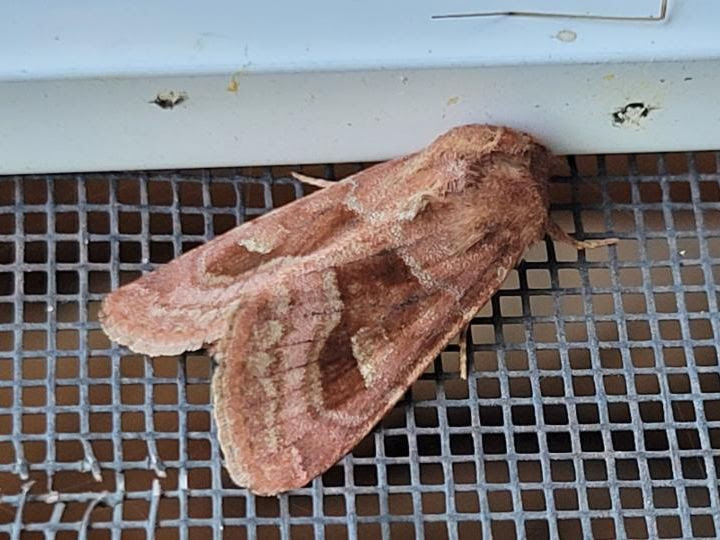
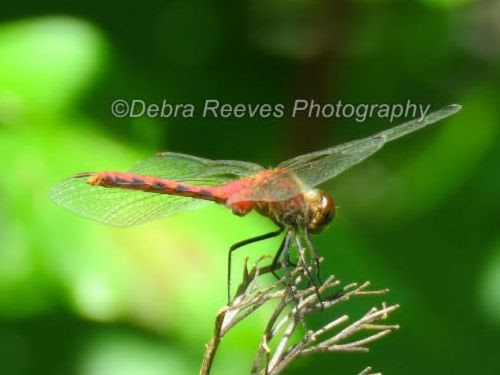
White-faced Meadowhawk
Sympetrum obtrusum
While we can’t see the identifying characteristic of this species, white-faced meadowhawk males are easily recognized by their striking white face, which starkly contrasts with their cherry-red bodies. The females are less conspicuous, with orange bodies and lacking the white facial features. They are nearly indistinguishable from other meadowhawk species without a microscope. Like all dragonflies, they are expert aerial predators, capturing up to 90% of the prey they pursue.
Debra Reeves, August 10th, 2023. Columbia Falls, MT.